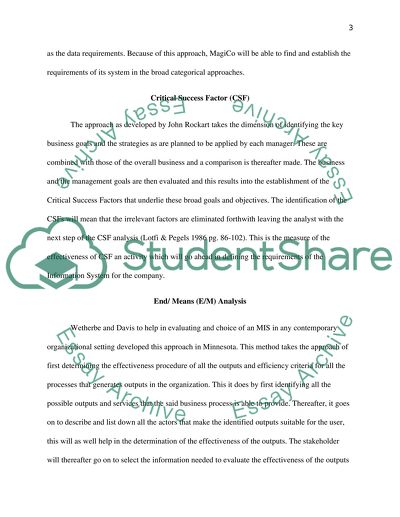Cite this document
(“Business Systems Analysis and Decision Support Essay”, n.d.)
Business Systems Analysis and Decision Support Essay. Retrieved from https://studentshare.org/information-technology/1627397-business-systems-analysis-and-decision-support
Business Systems Analysis and Decision Support Essay. Retrieved from https://studentshare.org/information-technology/1627397-business-systems-analysis-and-decision-support
(Business Systems Analysis and Decision Support Essay)
Business Systems Analysis and Decision Support Essay. https://studentshare.org/information-technology/1627397-business-systems-analysis-and-decision-support.
Business Systems Analysis and Decision Support Essay. https://studentshare.org/information-technology/1627397-business-systems-analysis-and-decision-support.
“Business Systems Analysis and Decision Support Essay”, n.d. https://studentshare.org/information-technology/1627397-business-systems-analysis-and-decision-support.


